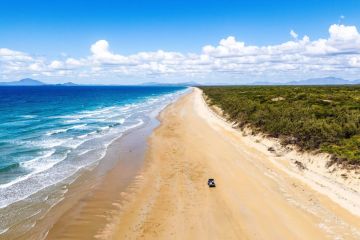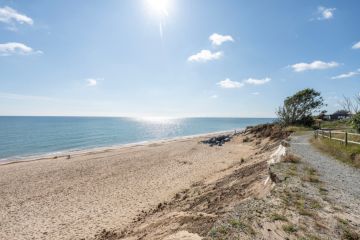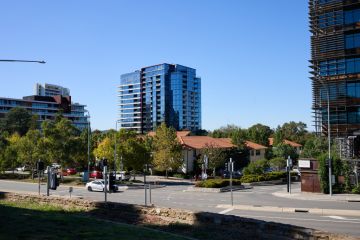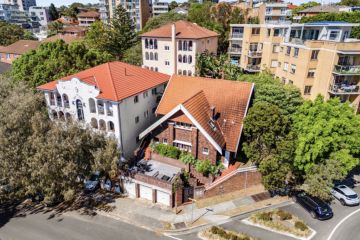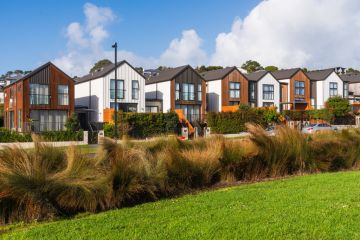How an Australian landmark inspired one of the world's tallest skyscrapers
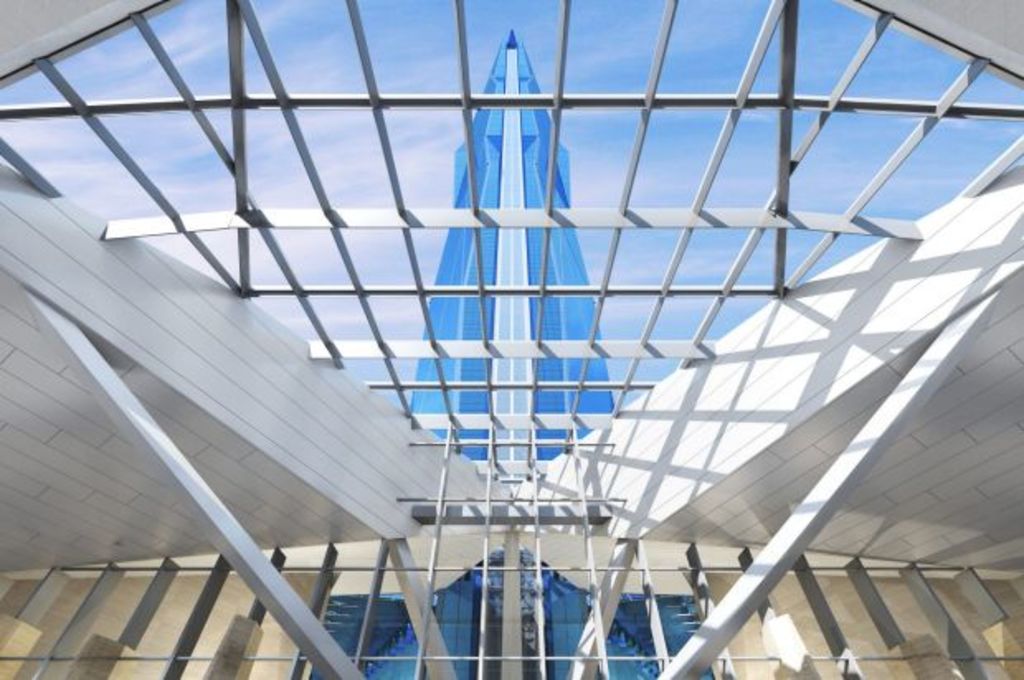
One of Australia’s tallest buildings has inspired a soaring skyscraper in Malaysia. The Merdeka PNB 118 in Kuala Lumpur will reach 600 metres to be the fourth tallest tower in the world.
Australia’s Fender Katsalidis, who were behind Melbourne’s Eureka Tower, are designing the RM5 billion ($A1.48 billion) super-tall tower for Malaysian investment group Permodalan Nasional Berhad (PNB).
“I got a fax about seven years ago, and they were asking if we were interested, and then the next fax said we had won stage-one design, and we’ve been working on it since then,” explains Karl Fender, founding director of Fender Katsalidis.
“They saw Eureka Tower and thought ‘these guys know how to do tall buildings’ and, pretty simply, that’s how it happened.”
Fender says the success of Eureka, which is 297 metres tall, has helped his organisation win domestic and international developments.
“Eureka’s helped with the reputation of the practice, but it’s not so much about getting another Eureka; it’s more about helping the reputation of the practice for a lot of different sorts of projects,” he says.
Fender Katsalidis have teamed up with Singapore-based architects RSP Architects to design the 118-storey tower in Kuala Lumpur. It will be flanked by smaller residential towers and a glass-domed retail mall. The building itself will house offices and a six-star hotel, topped by a dual-level observation deck and restaurant.
Traditional Malaysian arts and crafts have influenced the faceted design at Merdeka PNB 118, resulting in a bold pattern of triangular shapes. The podium interior packs a dramatic punch with a soaring atrium and stone surfaces. It includes a lower lobby for hotel access at one end and, at the opposite end, an upper lobby for the offices and retail.
- Related: The Scottish island cheaper than a Sydney house
- Related: The Spanish palace with a $30m price tag
- Related: Inside a mind-blowing Mykonos super-villa
The tower will become Malaysia’s tallest, surpassing the Petronas Twin Towers, also in Kuala Lumpur. But it won’t be this record alone that cements the building’s status as iconic.
Merdeka PNB 118 will become the focal point of Kuala Lumpur’s historically significant Merdeka site, where Malaysian independence from the British Empire was declared in 1957. Tens of thousands packed the Merdeka Stadium on August 31 that year to celebrate the declaration. Every year since, the day has been known as Hari Merdeka or Independence Day and is marked with a national holiday. The word Merdeka means freedom or independence in Malay.
Merdeka PNB 118 will be located adjacent to Merdeka Stadium, which was designed by US architect Stanley Edward Jewkes. The open-air stadium, which underwent restoration in 2007, is next to another historic site – Stadium Negara, built in 1962.
“This project will preserve two of our heritage buildings, namely the Merdeka Stadium and national stadium (Negara), proving that it is entirely possible for modern, contemporary architecture with avant-garde features to co-exist harmoniously with rich, historical buildings, where both the old and the new ones complement and enrich each other,” Prime Minister Najib Razak said in a 2016 statement.
The areas between the new tower and Merdeka Stadium will become a park with interactive water features. Linear Park, designed by US landscape architects Sasaki Associates, will be anchored at one end by a new museum that will become an entry point for the stadium.
Extensive infrastructure to support the new developments includes 11 kilometres of new or improved roadways, tunnels and flyovers. There will also be water, sewer and telecommunication upgrades. The project links to the existing public transport network with two light rail stations and two monorail stops nearby, and access to the Mass Rapid Transit (MRT) station.
It’s estimated 12,000 workers will occupy Merdeka PNB 118. This is largely accounted for by PNB’s headquarters, which will take up 60 storeys. A further 17 floors will be a Park Hyatt hotel.
Finalisation of the project will be a momentous occasion for the people of Kuala Lumpur, says Fender.
“I see it as a landmark,” he says.
“I think the most important thing about the building is it’s so big and it is a building of currency in the future.”
Construction by UM Group commenced in 2015 and completion is on track for 2020.
We recommend
We thought you might like
States
Capital Cities
Capital Cities - Rentals
Popular Areas
Allhomes
More
